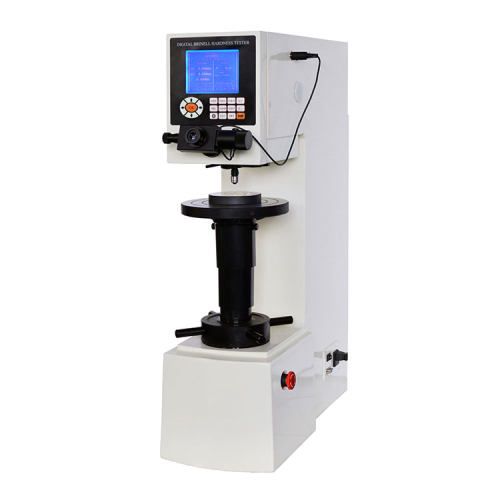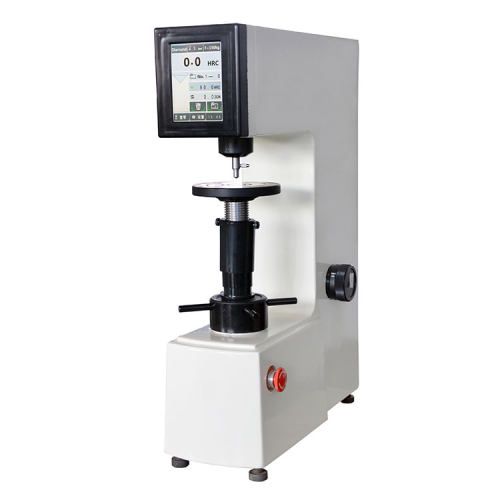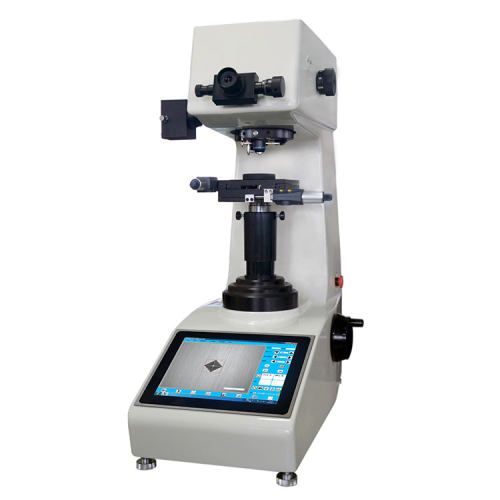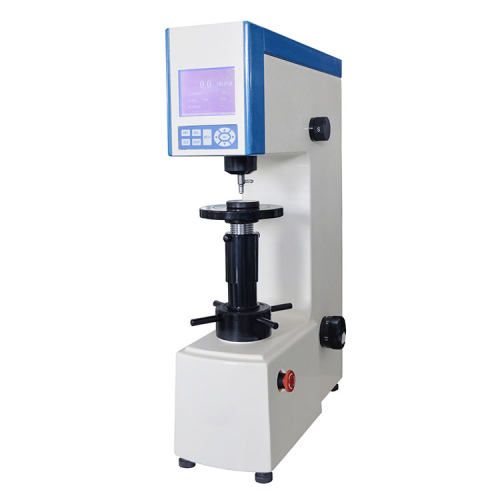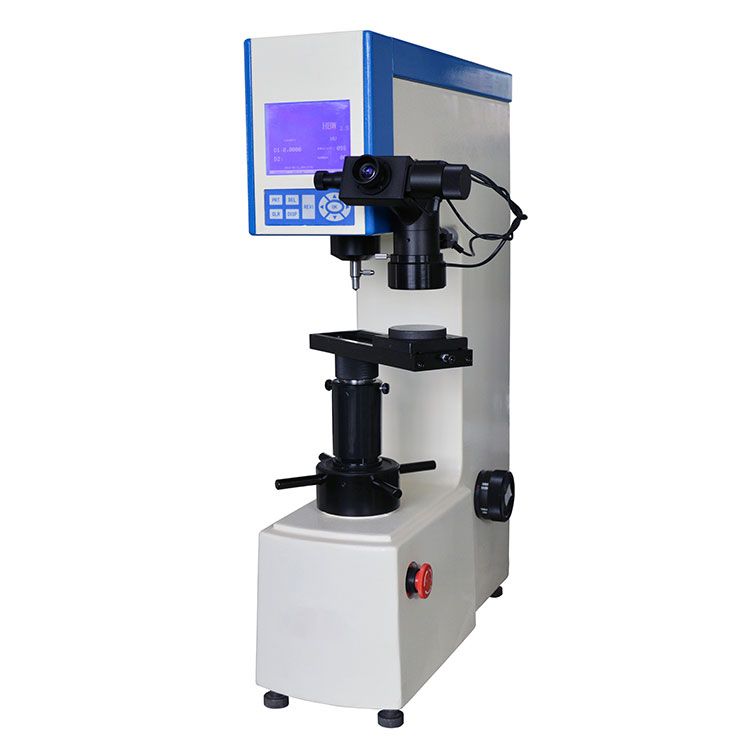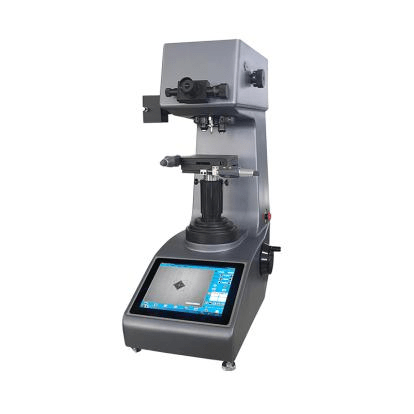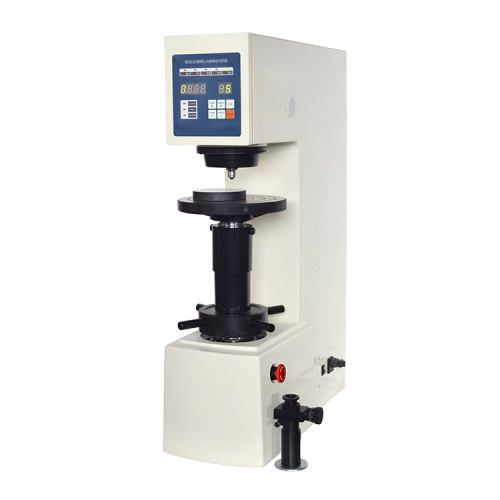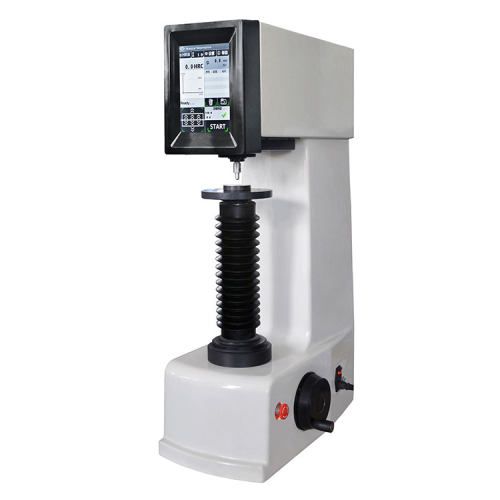Brinell hardness testing machines, also called Brinell hardness testers are indispensable tools in various industries for assessing the mechanical properties of materials. However, like any precision equipment, they can encounter malfunctions that can compromise the accuracy and reliability of test results. Scopelab aims to provide comprehensive guidance on troubleshooting common issues associated with Brinell hardness testers and implementing effective maintenance practices to ensure optimal performance.
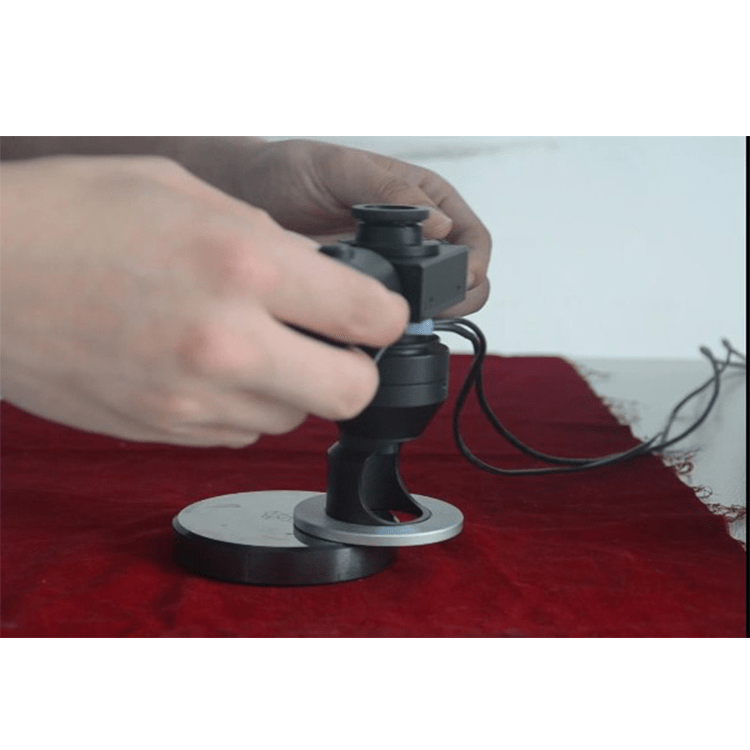
Common Malfunctions and Solutions for Brinell Hardness Testing Machines
Brinell hardness testing machines are essential tools in materials science and engineering for determining the hardness of materials. However, like any other instrument, they can experience various malfunctions. This document will discuss some common issues encountered with Brinell hardness testers and provide potential solutions.
| Common Malfunctions | Potential Causes | Solutions |
| Load Error Exceeding ±1.0% or Instability. | Loose or worn load knife edge, leading to inaccurate load transfer. The adjusting block on the load lever is improperly positioned. Corroded or damaged compression spring affecting load stability. Impact vibrations during loading. Calibration issues: The machine may not have been calibrated recently or correctly. | Tighten and adjust the load knife edge to ensure it is secure. Adjust the position of the adjusting block on the load lever as needed. Clean and lubricate or replace the damaged compression spring. Identify and eliminate the source of impact vibrations. Recalibrate the machine using standard hardness blocks. |
| Inability to Control Loading Speed Within the Specified Time. | Incorrect viscosity of the reducer oil affecting loading speed control. Wear or damage to the gear system or motor. | Clean the reducer and replace it with oil of the appropriate viscosity. Inspect and replace worn or damaged components in the gear system or motor. |
| Measured Hardness Value Does Not Match the Standard Hardness Block. | The Brinell hardness tester is not level.The steel ball surface is not smooth or its diameter exceeds the tolerance. The indentation measurement device has a large error. The weights are not placed vertically or are rubbing against the hardness tester’s rear cover. The verticality or coaxiality of the main spindle and test table platform exceeds the tolerance. Incorrect calibration: The machine may not have been calibrated correctly or the calibration standards may be inaccurate. | Level the Brinell hardness testing machine. Replace the steel ball with a qualified one using a micrometer. Adjust the allowable error of the indentation measurement device to within ±0.5%.Check if the hanger is hooked on the load knife edge and if the suspension rod is straight. Straighten it if necessary.Analyze the specific situation and adjust the verticality and coaxiality of the main spindle and test table platform. |
| Repeated Loading and Unloading of the Hardness Tester. | The pushbutton switch top rod is too long, causing the switch contacts to not separate correctly. The reversing switch is improperly installed, preventing normal direction switching. Electrical issues: Faulty wiring, switches, or motor controls. | Adjust the length of the top rod and secure it to ensure the correct separation of the contacts. Adjust the installation position of the reversing switch to ensure normal operation. Inspect and repair any electrical issues. |
| The Hardness Tester Stops When the Load is Fully Applied. | Burned or eroded contacts in the reversing switch, causing poor contact. Overheating: The motor or other components may be overheating due to excessive load or electrical issues. | Clean and polish or replace the burned or eroded contacts. Check for overheating and ensure adequate ventilation. |
| The Hardness Tester Does Not Operate When the Pushbutton Switch is Pressed, but There is a Humming Sound. | Motor phase loss, affecting the normal operation of the hardness tester. Electrical issues: Faulty wiring, switches, or motor controls. | Check the power supply, plug, cable, power switch, motor connections, motor coil, and reversing switch contacts to identify and resolve the issue. |
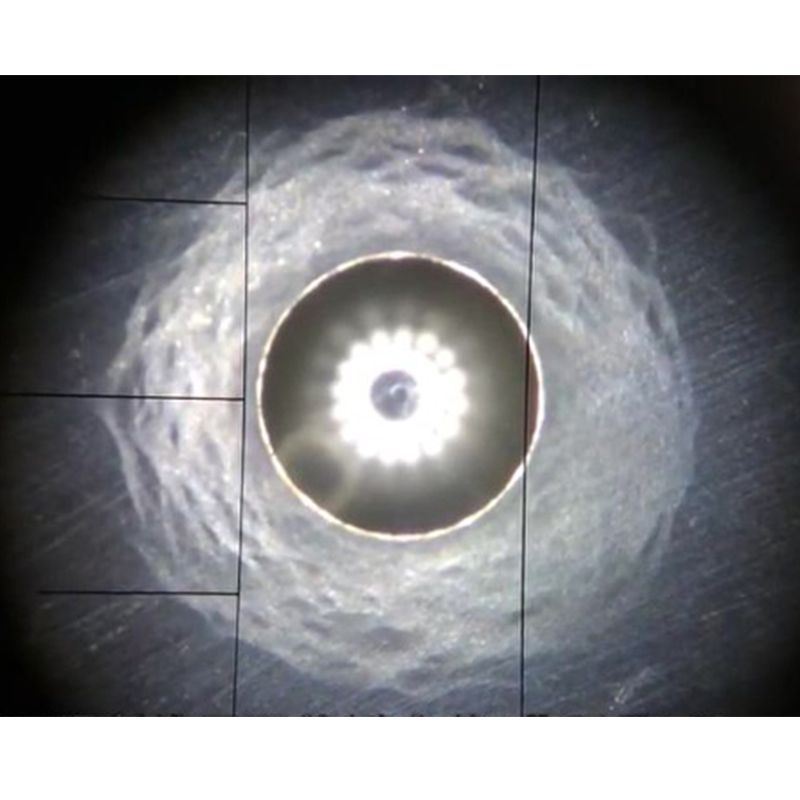
Daily Maintenance Precautions for Brinell Hardness Testing Machines
A Brinell hardness testing machine is a precision instrument used to determine the hardness of materials. Proper maintenance is crucial to ensure accurate test results and prolong the lifespan of the equipment. Here are some key maintenance considerations:
Cleaning and Maintenance
- Regular cleaning: After each use, gently wipe the exterior and triggering device of the hardness tester with a clean, soft cloth or cotton swab. Avoid using corrosive cleaning agents.
- Component cleaning: Periodically clean the indenter and measurement area to prevent dust and other contaminants from affecting measurement accuracy.
Calibration and Inspection
- Regular calibration: Calibrate the hardness tester according to the manufacturer’s instructions using standard specimens to ensure accurate test results.
- Error checks: Regularly check for any deviations in the hardness tester’s readings and make necessary adjustments or repairs.
Environmental Considerations
- Suitable environment: Store the hardness tester in a dust-free, moisture-free, temperature-controlled environment with good ventilation. Avoid exposure to high temperatures, humidity, and other harsh conditions.
Correct Usage
- Adhere to instructions: Strictly follow the operating manual to ensure correct usage.
- Sample preparation: Ensure the sample surface is flat and perpendicular to the measurement direction to avoid affecting test results.
Routine Maintenance
- Scheduled maintenance: Conduct regular maintenance, including replacing consumables, lubricating moving parts, and cleaning internal components.
- Prompt repairs: If any abnormalities or malfunctions are detected, contact a qualified technician immediately.
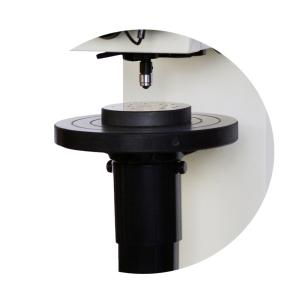
Optimize the Performance of Brinell Hardness Tester
Understanding common malfunctions and following proper maintenance practices can significantly improve the reliability and accuracy of your Brinell hardness testing machine. Regular maintenance, such as cleaning, calibration, and addressing environmental issues, is critical for extending the equipment’s life and ensuring consistent results. By following the instructions by hardness tester expert Scopelab, you can improve the performance of your Brinell hardness tester and make informed decisions based on precise hardness measurements.
